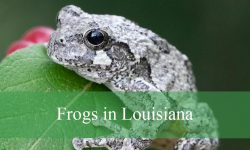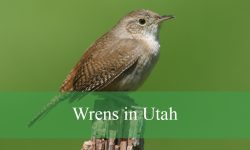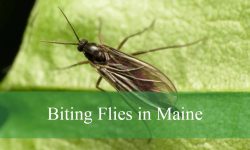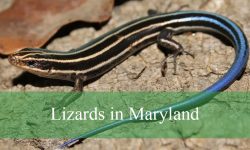Oregon is renowned for its diverse ecosystems, ranging from dense, misty forests to dry, arid deserts. While the state is more famous for its towering pines and rugged coastlines, it also provides a habitat for a variety of lesser-known creatures, including scorpions. These arachnids have adapted to survive in some of Oregon’s more extreme environments, making them a fascinating subject for study.
Although scorpions are not typically associated with the Pacific Northwest, several species quietly inhabit the state. They tend to remain hidden under rocks, logs, and leaf litter, coming out mostly at night. Their elusive nature and nocturnal habits often make encounters rare, but their presence plays an important role in local ecosystems as predators of insects and other small invertebrates.
This article provides a detailed exploration of three scorpion species found in Oregon. It includes identification tips, habitat descriptions, behavioral insights, and a comparative table to help distinguish between these fascinating arachnids. The guide offers all the information needed to understand and appreciate Oregon’s scorpions.
Northern Scorpion (Paruroctonus boreus)
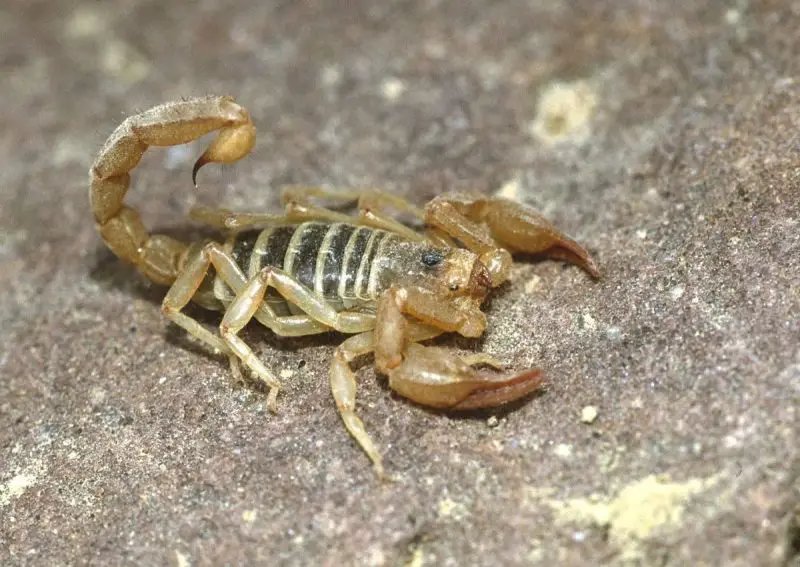
Identification
The Northern Scorpion is Oregon’s most cold-tolerant scorpion species, capable of surviving in temperatures that would be too harsh for most other scorpions. Adults usually measure between 2 and 3 inches in length, making them moderately sized compared to other scorpion species.
Their coloration ranges from light tan to yellowish-brown, often featuring subtle darker markings along the dorsal surface. These patterns provide excellent camouflage against rocks, soil, and dry vegetation. The pincers are notably large and robust, contrasting sharply with the slender, elongated tail that curves gracefully at the tip. This combination of pale body color, prominent pincers, and thin tail helps distinguish the Northern Scorpion from other scorpions in the region.
Habitat and Behavior
Northern Scorpions are primarily found in eastern Oregon, where arid deserts and sagebrush plains dominate the landscape. They prefer dry, rocky areas and are most often encountered hiding under stones, logs, or soil crevices.
Being nocturnal hunters, they emerge at night to feed on insects, spiders, and other small invertebrates. Despite their venom, Northern Scorpions are generally shy and will retreat when threatened rather than confront larger animals or humans. Their secretive behavior makes sightings relatively rare, even in areas where they are common.
Venom and Human Interaction
The venom of the Northern Scorpion is effective for subduing prey but typically causes only mild effects in humans. A sting can produce localized pain, redness, and swelling, much like a bee or wasp sting.
While the sting is not considered dangerous, individuals with allergies or sensitivities should seek medical attention if symptoms worsen. First aid usually involves cleaning the area, applying a cold compress, and monitoring for unusual reactions.
Encounters with humans are infrequent due to the scorpion’s nocturnal and reclusive habits. This combination of adaptability, mild venom, and low aggression makes the Northern Scorpion a fascinating yet low-risk inhabitant of Oregon’s eastern deserts.
Western Forest Scorpion (Uroctonus mordax)
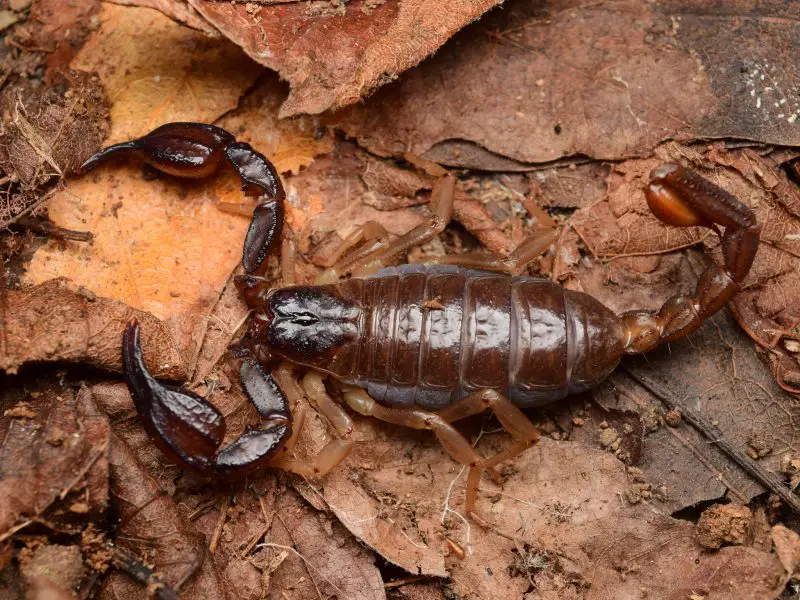
Identification
The Western Forest Scorpion is a medium-sized scorpion, typically measuring around 2 inches in length. Its body coloration ranges from dark brown to almost black, providing excellent camouflage against the forest floor and decaying wood. The legs are translucent yellowish-brown, creating a subtle contrast with the darker body.
Males are generally smaller and display duller coloration compared to females, which can make identification easier during close observation. The tail of this species is slender and flexible, while the pincers are large, strong, and adapted for gripping prey. These features give the Western Forest Scorpion a distinctly robust appearance despite its moderate size.
Habitat and Behavior
This scorpion thrives in the moist, temperate woodlands of western Oregon, including areas such as the Willamette Valley. It prefers habitats rich in leaf litter, fallen logs, and stones, often on south- or west-facing slopes that retain warmth during cooler nights.
Nocturnal by nature, the Western Forest Scorpion emerges after dusk to hunt insects and other small invertebrates. It is notably shy and cautious; when disturbed, it frequently resorts to thanatosis—playing dead—rather than using its sting. These secretive behaviors contribute to the species’ relatively low visibility to humans, even in areas where they are common.
Venom and Human Interaction
The venom of the Western Forest Scorpion is mild and rarely causes significant pain or discomfort in humans. A sting may result in slight redness or localized irritation, but serious reactions are uncommon.
Due to their timid nature, encounters with humans are infrequent. Beyond their low-risk interaction with people, Western Forest Scorpions play an important ecological role by controlling insect populations. Their presence supports the balance of the forest floor ecosystem, making them both fascinating and beneficial residents of Oregon’s wooded regions.
Pseudoscorpion (Pseudoscorpiones)
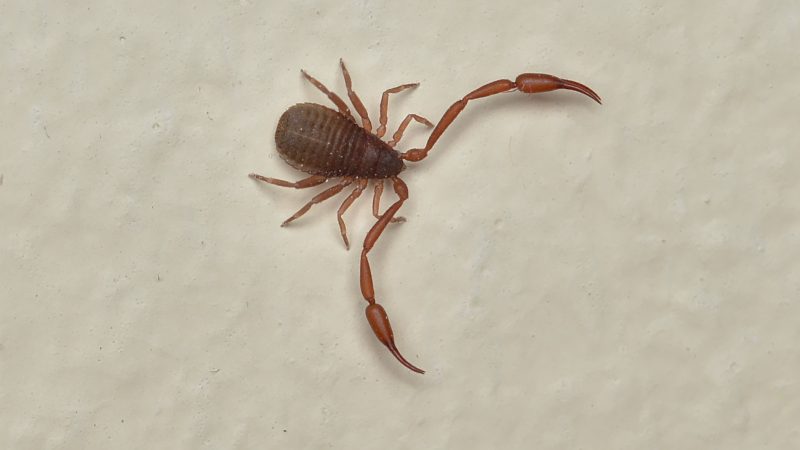
Identification
Pseudoscorpions are tiny arachnids, measuring only about 1/8 inch (3 mm) in length, making them easy to overlook despite their widespread presence. They have a distinctive, segmented, teardrop-shaped body and eight small legs that allow for quick movement across surfaces.
One of their most notable features is the large pincers, which are more than twice the length of their legs. These pincers are equipped with venom glands used to immobilize prey. Despite their name, pseudoscorpions lack both a tail and a stinger, which differentiates them clearly from true scorpions. Their small size and unique morphology make them fascinating micro-predators within their ecosystems.
Habitat and Behavior
Pseudoscorpions are commonly found in environments rich in organic debris. They inhabit leaf litter, under stones, logs, or bark, and mossy areas where they can hide from predators and hunt effectively.
These arachnids are beneficial predators, feeding on tiny insects, mites, and other microscopic arthropods. Their nocturnal and secretive habits make them rarely seen by humans, but they play a vital role in controlling populations of small invertebrates. Observing them requires patience and often a keen eye due to their diminutive size.
Venom and Human Interaction
The venom of pseudoscorpions is concentrated in their pincers and is potent enough to immobilize their prey. However, this venom poses no threat to humans and cannot penetrate skin.
In fact, pseudoscorpions can be advantageous around homes and gardens, as they naturally help control pest populations. Their harmless nature combined with their ecological benefits makes them an intriguing and welcome presence, even if they often go unnoticed due to their tiny size.
Comparative Overview of Scorpions in Oregon
Feature |
Northern Scorpion (Paruroctonus boreus) |
Western Forest Scorpion (Uroctonus mordax) |
Pseudoscorpion (Pseudoscorpiones) |
|---|---|---|---|
Size |
2–3 inches |
~2 inches |
~1/8 inch (3 mm) |
Coloration |
Tan to yellowish-brown with dark markings |
Dark brown to black with yellowish-brown legs |
Reddish-brown, segmented body |
Pincers |
Relatively large |
Large and robust |
Large, more than twice leg length |
Tail |
Slender and curved |
Slender |
Absent |
Venom |
Mild, similar to a bee sting |
Mild |
Present in pincers, harmless to humans |
Aggression |
Low; will retreat when disturbed |
Very low; often plays dead |
None; harmless |
Preferred Habitat |
Dry, rocky environments in eastern Oregon |
Moist, wooded areas in western Oregon |
Leaf litter, under stones/logs/bark |
Human Interaction |
Rare encounters |
Rare encounters |
Rarely noticed due to small size |
Conclusion
Oregon’s diverse landscapes support a variety of scorpion species, each adapted to their unique environments. While encounters with these arachnids are uncommon, understanding their characteristics and behaviors can enhance appreciation for these fascinating creatures. Whether you’re a researcher, enthusiast, or simply curious, knowing how to identify and coexist with Oregon’s scorpions contributes to a deeper connection with the state’s natural heritage.
Frequently Asked Questions About Scorpions in Oregon
What types of scorpions are found in Oregon?
Oregon is home to several scorpion species, with the most commonly observed being the Northern Scorpion (Paruroctonus boreus), the Western Forest Scorpion (Uroctonus mordax), and the tiny Pseudoscorpion (Pseudoscorpiones). Each species has unique physical characteristics, habitats, and behaviors.
Are scorpions in Oregon dangerous to humans?
Most scorpions in Oregon have mild venom and pose little threat to humans. The Northern and Western Forest Scorpions may cause localized pain and swelling if they sting, similar to a bee sting. Pseudoscorpions are harmless and cannot sting. People with allergies should exercise caution.
Where can scorpions be found in Oregon?
Northern Scorpions are mostly found in eastern Oregon’s arid deserts and rocky plains, while Western Forest Scorpions prefer the moist, wooded areas of western Oregon, including the Willamette Valley. Pseudoscorpions inhabit leaf litter, under stones, logs, and bark, often in mossy or damp environments.
When are scorpions most active in Oregon?
Scorpions in Oregon are primarily nocturnal, becoming most active at night. They hunt insects and small invertebrates during these hours, while during the day they hide under rocks, logs, or bark to avoid predators and harsh environmental conditions.
How can I safely observe scorpions in Oregon?
To safely observe scorpions, use a flashlight at night and wear gloves if handling objects where scorpions might hide. Avoid provoking them, as most species will retreat rather than sting. Observing from a safe distance allows for appreciation without risk.
Do scorpions play a role in Oregon’s ecosystem?
Yes, scorpions are important predators that help control populations of insects and other small arthropods. Even Pseudoscorpions contribute to natural pest control, making these arachnids valuable components of Oregon’s diverse ecosystems.

